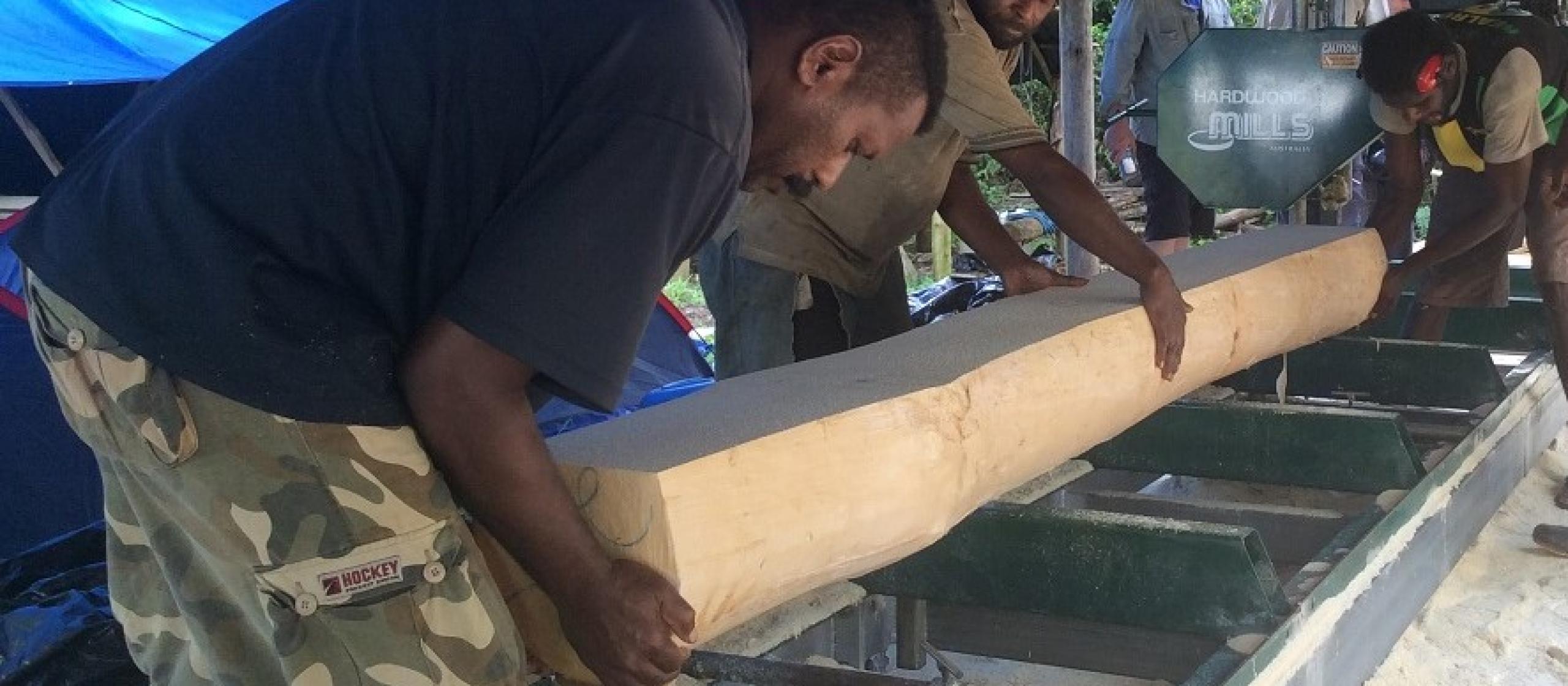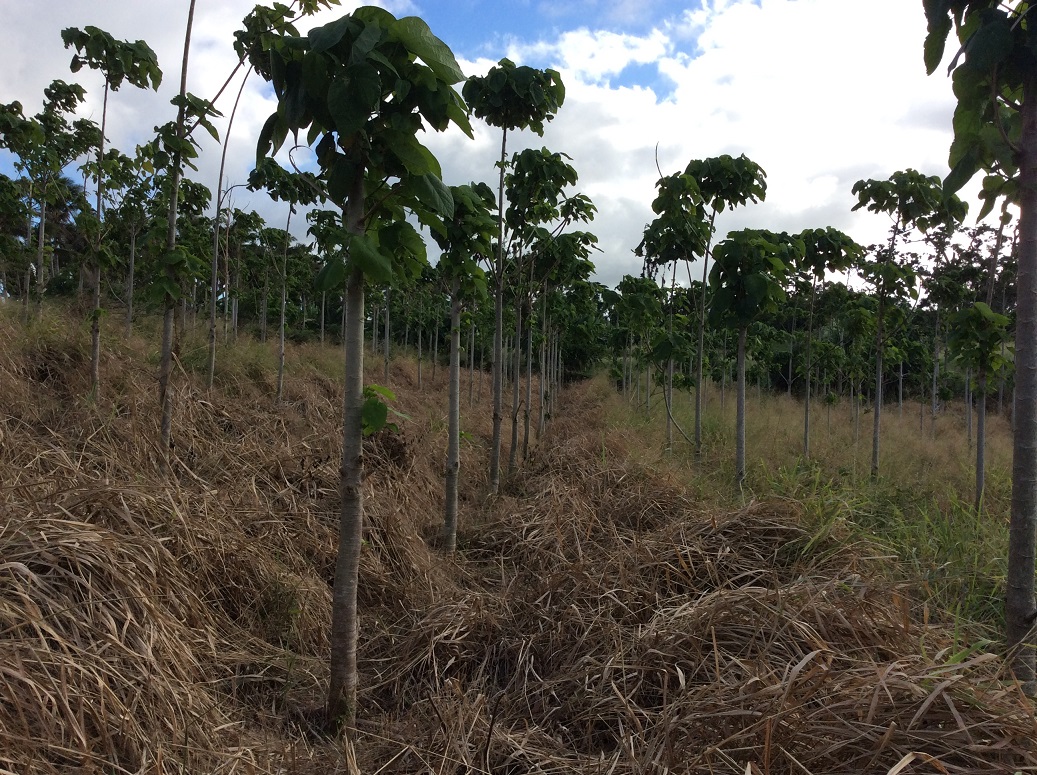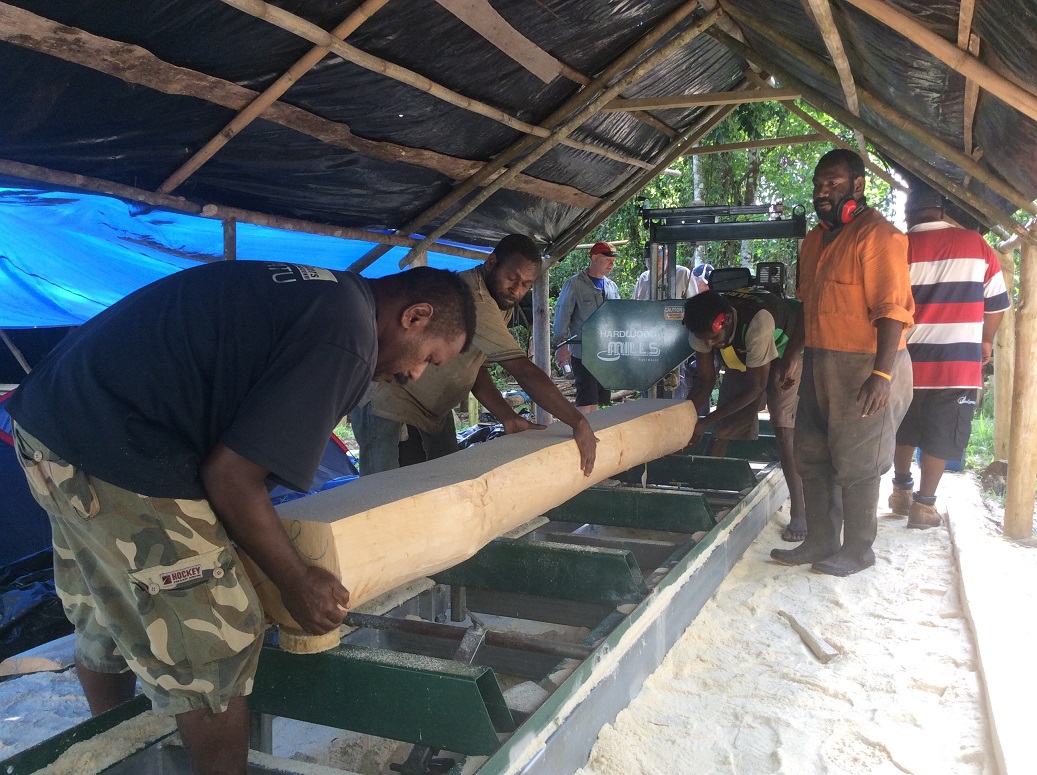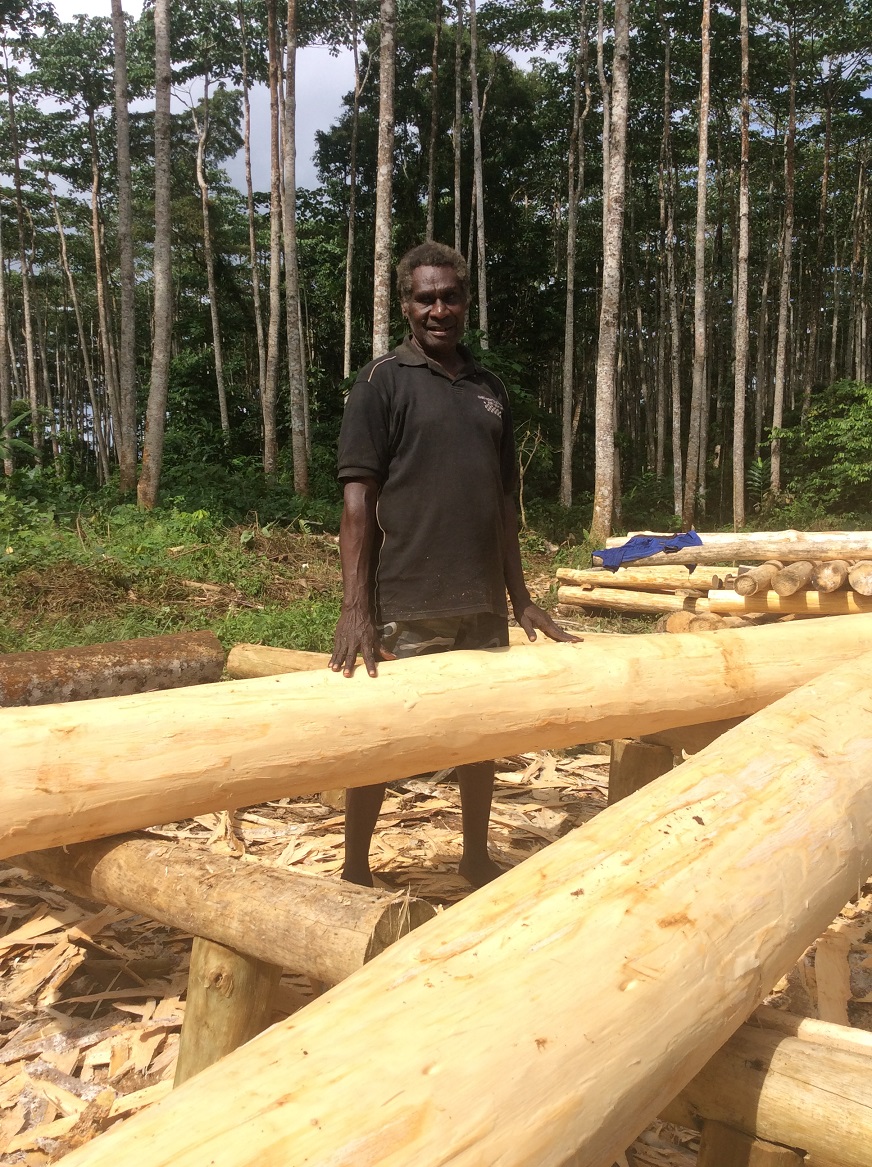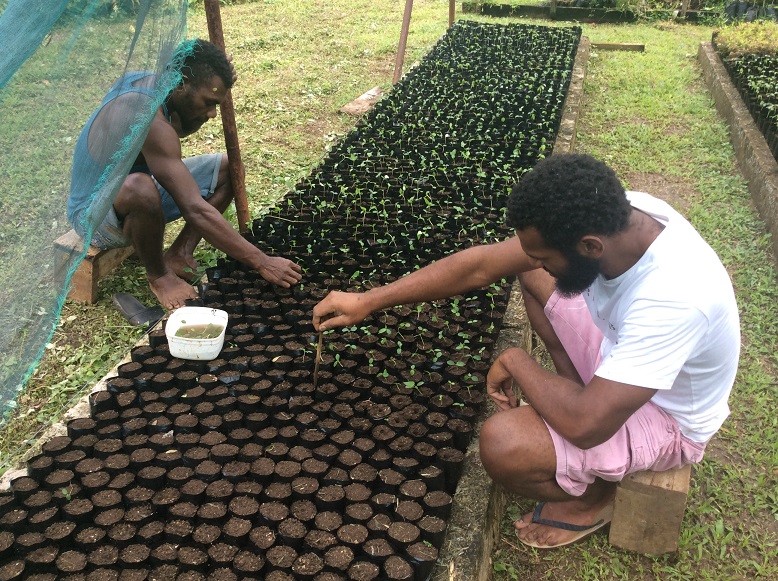- HomeHome
-
About ACIAR
- Our work
- Our people
-
Corporate information
- ACIAR Audit Committee
- Commission for International Agricultural Research
- Policy Advisory Council
- Agency reviews
- Executive remuneration disclosure
- Freedom of information (FOI)
- Gifts and benefits register
- Information publication scheme
- List of new agency files
- Contracts
- Legal services expenditure
- Privacy impact assessment register
- Commonwealth Child Safe Framework
- Benefits to Australia
- Careers
- 40 years of ACIAR
-
What we do
- Programs
- Cross-cutting areas
- Resources
- Where we work
-
Funding
- Research projects
- Fellowships
-
Scholarships
- John Allwright FellowshipScholarships to study in Australia for ACIAR partner country scientists to have Australian postgraduate qualifications
- ACIAR Pacific Agriculture Scholarships and Support and Climate Resilience Program
- Alumni Research Support Facility
- Publications
- News and Outreach
Date released
29 October 2019
Australian-led research is helping grow Vanuatu's forestry industry.
When thinking of islands in the Pacific, for the average person images of fine sandy beaches, clear blue waters and an amazing array of rich marine life come to mind.
But Vanuatu—a group of small islands just above the Tropic of Capricorn in the southern Pacific Ocean—has other resources, such as timber. In fact, growers are divided between those who say Vanuatu could become a major supplier of commercially grown whitewood and those who advocate growing other wood species to maximise returns.
Whitewood has many market-recognised values—something a current Australian-funded agricultural research project for development is trying to impress on local growers.
Excellent choice for plantation
The whitewood species grown in Vanuatu, Endosperum medullosum, is highly prized for its timber, especially in Japan, where it is commonly used in furniture, shingles and mouldings. Locally it is being used in house construction—particularly in roof trusses and walling.
Whitewood timber is preferred ‘due to its strength, low weight, workability, clean feature, light colour and flexible staining capacity’, says Dr Tony Page, Senior Researcher at the University of the Sunshine Coast in Queensland, Australia.
Its environmental adaptability, root rot resistance, cyclone tolerance and rapid growth make it a worthwhile tree to grow.
Despite these advantages and the Vanuatu Government’s encouragement of making whitewood a priority species for plantation development, there are current issues with the functionality of the whitewood supply chain.
Vanuatu is aiming to establish some 20,000 hectares of commercial plantations, a significant chunk of which will be planted with whitewood. Currently whitewood covers about 350 hectares. Natural forest supplies of the species have been exhausted by extensive logging, particularly in the 1990s.
The country is a net importer of timber but fast-growing whitewood has the potential to quickly fill this demand.
Issues with supply chain
According to a study, one impediment is the low value attributed to native species like Endosperm medullosum, resulting in an abundance of low-grade non-native radiata pine being imported from New Zealand to fill the demand.
There is also the issue of cost. With scattered small-scale production of whitewood in Vanuatu there is insufficient volume to support investment in the type of processing plant that could reduce its price. Moreover, farmers have limited farm management knowledge where whitewood plantations are concerned. ‘To encourage whitewood planting, a price that reflects the cost and risks associated with growing plantation trees needs to be established,’ the study emphasises.
|
|
|
It is for this reason that the Vanuatu Department of Forests (DOF) has sought the assistance of ACIAR since ‘the early 2000s to address knowledge gaps across the supply chain, including genetic improvement, silvicultural management, processing, utilisation, marketing and distribution’, says Dr Page.
One of the current ACIAR-funded projects is the ‘Enhancing returns from high-value agroforestry species in Vanuatu’, handled by USC. The project seeks to address current challenges within the supply chain to facilitate the flow of planted whitewood to high-demand urban markets.
DOF is the lead national agency implementing the research and development activities contained within the ACIAR projects. The current Director, Rexon Viranamangga, has been trained under an ACIAR scholarship to undertake a research masters across the whitewood supply chain to help generate an understanding of how to develop the commercial prospects of the species in the social, geographic and economic context of Vanuatu.
Collaboration on research
ACIAR has demonstrated its commitment to supporting forestry projects and activities, especially research and training. In particular, ACIAR-funded research focuses on genetically superior planting materials and applications of silvicultural practices.
One particularly important collaboration is focussing on the genetic improvement of planted whitewood (such as faster growth, tree form, branch shedding and higher wood density) to improve efficiency and viability of production, thus encouraging farmers to grow this plantation crop.
‘Growers are much more inclined to plant species that have simplified methods of production, respond well to management interventions, reduce overall inputs required and produce a high-quality product,’ says Dr Page.
He says whitewood is exceptionally resilient to storms and diseases. The tree ‘will typically shed [its] canopy during high winds’ to reduce exposure and to ensure its main stem remains intact. In cases in which the main stem is broken, ‘they often regrow a canopy, whereby timber can be used from above and below the point of damage,’ says Dr Page.
‘This resistance to, and recovery from, cyclones is very important in Vanuatu, which has a high incidence of high-intensity cyclones,’ he says. Providing tools for the supply of graded timber as well as local timber products for constructing dwellings and other structures that are resilient to Vanuatu’s environmental conditions is also part of the project.
By exploring how to make the most of whitewood, address issues and take advantage of opportunities, the project could benefit everyone along the supply chain, including smallholder growers and consumers.
